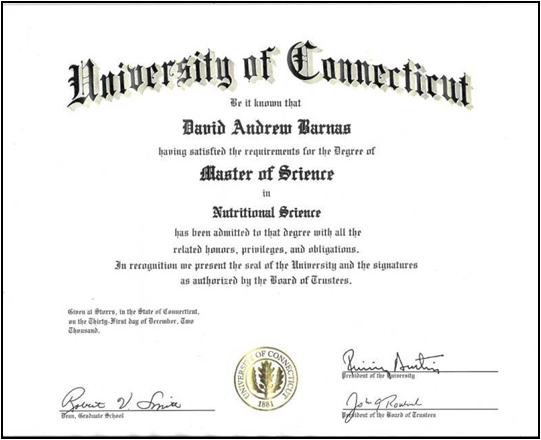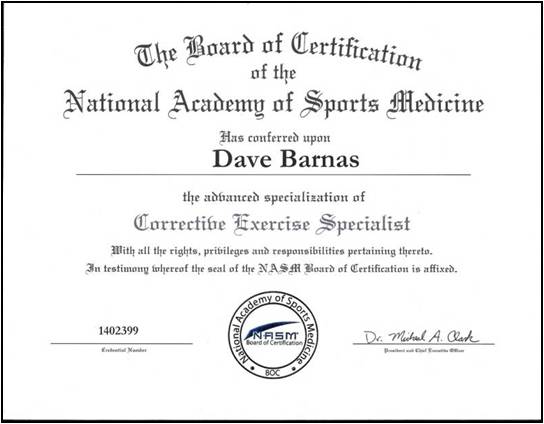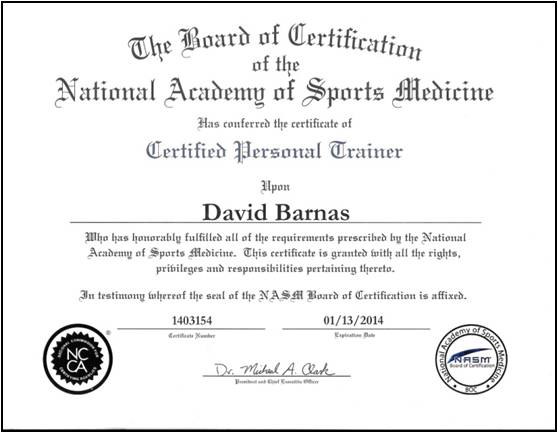Hello! Thanks for checking out my blog.
I’m Dave, the True Health Guy!
1. Are you looking for a personable, experienced personal trainer with a holistic mindset near Tolland, CT?
Call me to set up a consultation 860-875-8485 or email dave@truehealthunlimited.com
2. In search of a wellness speaker to deliver live employee wellness workshops to help build a wellness mindset for your organization?
Call me to set up a consultation 860-875-8485 or email dave@truehealthunlimited.com
What can I do for you?
I successfully offer a unique combination of 25 years of experience as a corrective exercise specialist, certified personal trainer, corporate wellness coach, speaker, nutritionist, author and dietary supplement advisor with emotional intelligence to help clients become their best selves!
I currently serve clients (ages ranging from 16 to 91) in the True Health Unlimited, LLC personal health and fitness studio in Tolland. I also provide both virtual and live wellness coaching, workshops and seminars to individuals, groups and small businesses.
Want to see if I’m a fit for you or your company?
E-mail: dave@truehealthunlimited.com or call me 860-875-8485
Need pricing? Check my rates here.
OR…
If you’re looking for evidence-based insights for living your healthiest and happiest life, you can get it here from my FREE newsletter.
Want to find out what science says makes people truly successful?
Would you like to know the 3 words for a happy approach to life?
Want to see the 13 healing foods scientifically proven to support longevity?
Want to discover the 5 proven principles of healthy long term relationships?
How about discovering the scientific secret to weight loss and anxiety reduction?
All this and more can be found here in my newsletter. I’ll tell you how to get it FREE in a second.
But first, I’d like to introduce myself.
My name is Dave Barnas. I am a health and fitness expert with over 21 years of experience. I’m also the lead author of four books, a wellness writer for several other businesses and this trademarked newsletter, on Inspired Living™.
To establish credibility and earn your trust, I’ve included some of my credentials below.



My mission is to benefit the lives of others with my expertise and passion for writing and research; on Inspired Living™ is part of it.

on Inspired Living™ is intended to be a trusted evidence-based source of info to help all readers live happier, healthier and more inspired lives.
This newsletter has earned me the privilege to become an Amazon Associate. All Amazon orders made through this newsletter/website support its maintenance, development and growth.
on Inspired Living™ is readily available to anyone and all new subscribers get the Real Food Therapy Guide.
You can subscribe by entering your first name, email address and clicking subscribe at the top of this page, or
Click Here
Once subscribed, you can unsubscribe at anytime. No worries, no spam. Articles come on Sunday mornings.
If you have a topic you’d like me to research, please email me: dave@truehealthunlimited.com.
Thank you for reading!
Dave
Top Reads by Category
Nutrition
Dietary Supplements
How to Find Safe and Effective Dietary Supplements – An Online Reference Guide
Fitness
How to Master Your Exercise Genetics to Increase Your Endurance
This is How to Master Your Exercise Genetics for Muscle Tone and Strength
Happiness
The Simple Question to Ask Yourself for a Happiness Upgrade
Relationships
5 Secrets of Healthy Long-Term Relationships
Well-Being
4 Methods to Calm Your Mind in a Chaotic World
P.S. If you don’t mind, please share this info to spread my message.
CATEGORY: Special Announcements

